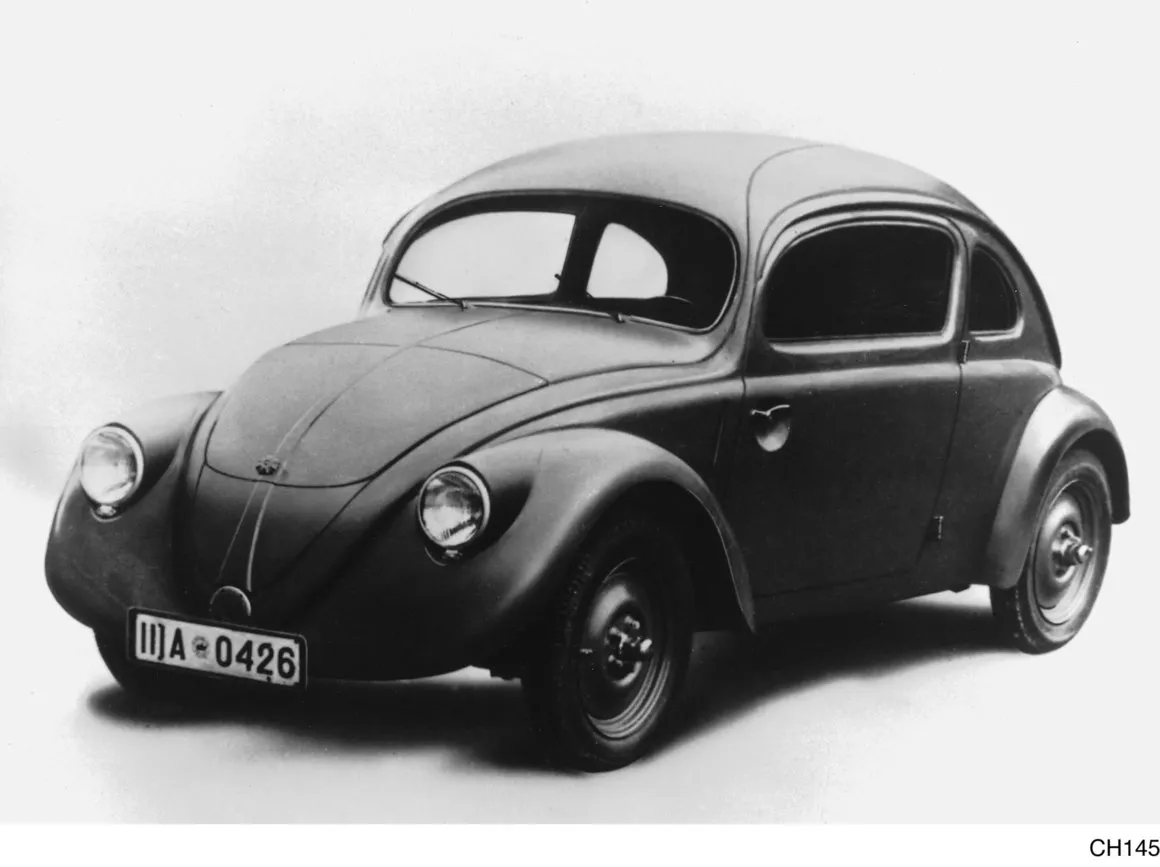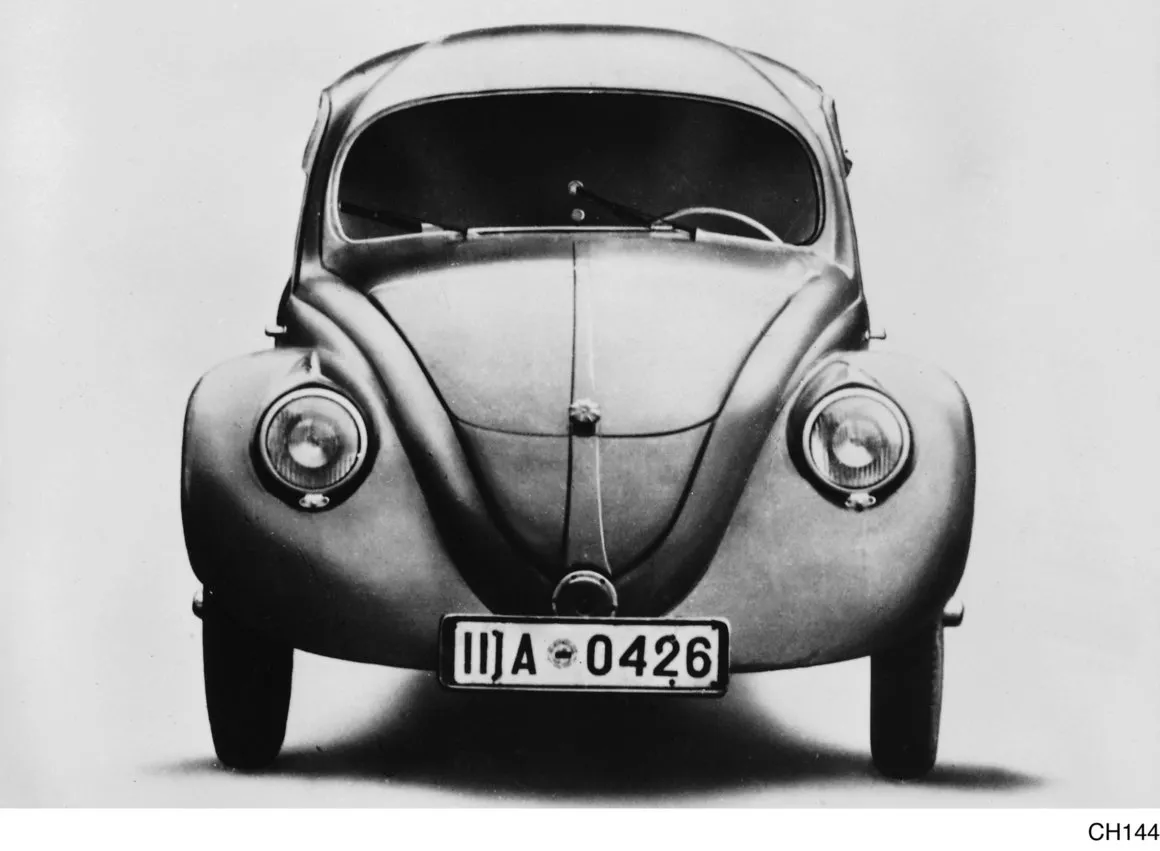If you are a fan of classic cars, you may have heard of Volkswagen Beetle, one of the most iconic models in automotive history. But before its mass production, there was an essential prototype: the VW 30. Little known to the general public, this model was one of the big steps in the evolution of the Beetle and deserves to be remembered.
The Origin of the VW 30
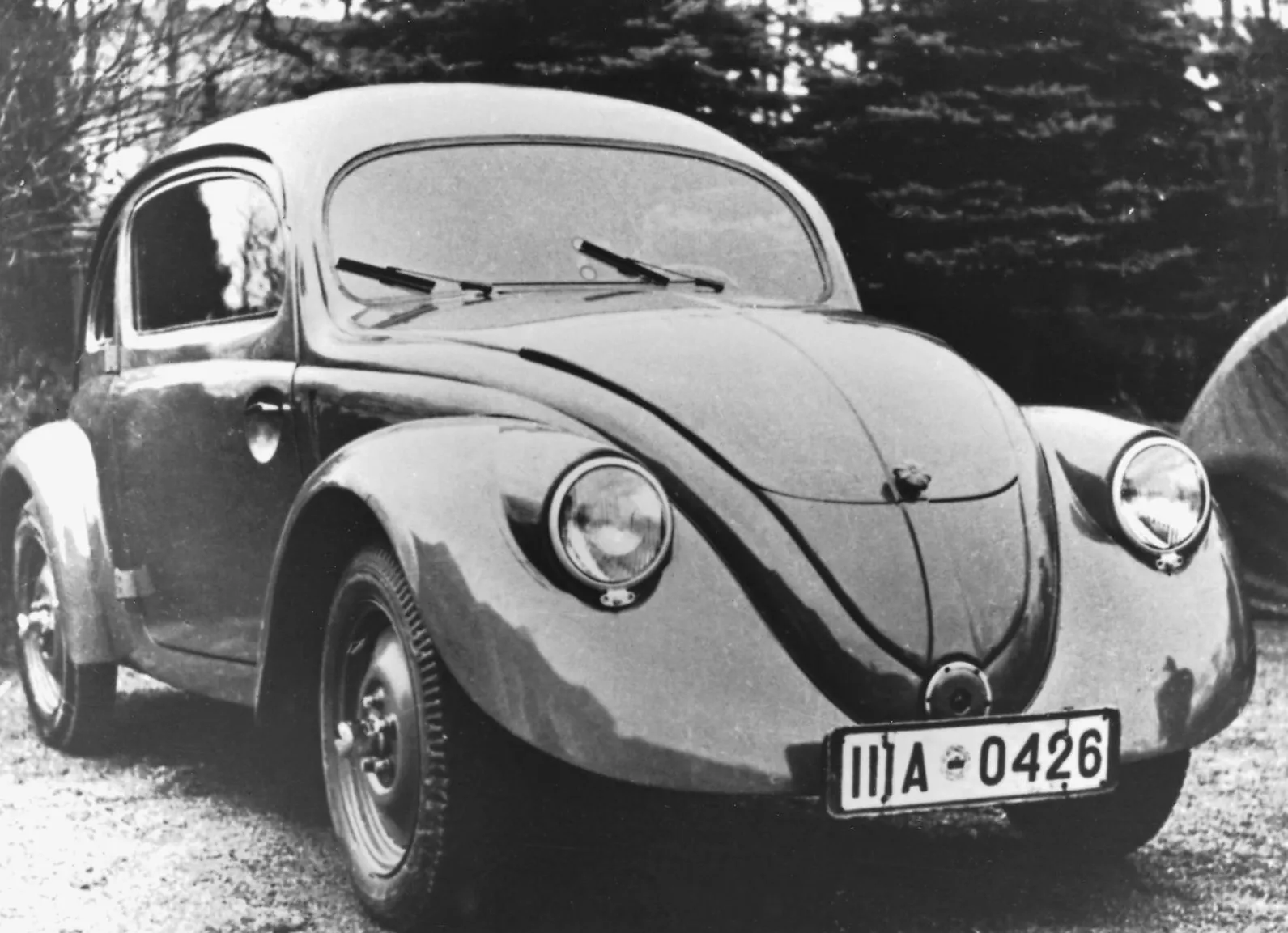
Based on the knowledge gained from the series tests VW 3, Ferdinand Porsche designed a successor between 1936 and 1937. The production of the prototype, limited to 30 units, was carried out at the bodywork factory of Daimler-Benz, in the city of Sindelfingen, next to Stuttgart. These vehicles received the internal designation VW 30 and were very similar to the final version of the Volkswagen we know.
The iconic photo of VW 30 was taken in front of the Villa Porsche, located on the street Firewood Road, in Stuttgart. This place was the Ferdinand Porsche's residence, design office and workshop, and today it functions as a museum. It was in this environment that a large part of the Volkswagen project was developed.
The Features of the VW 30
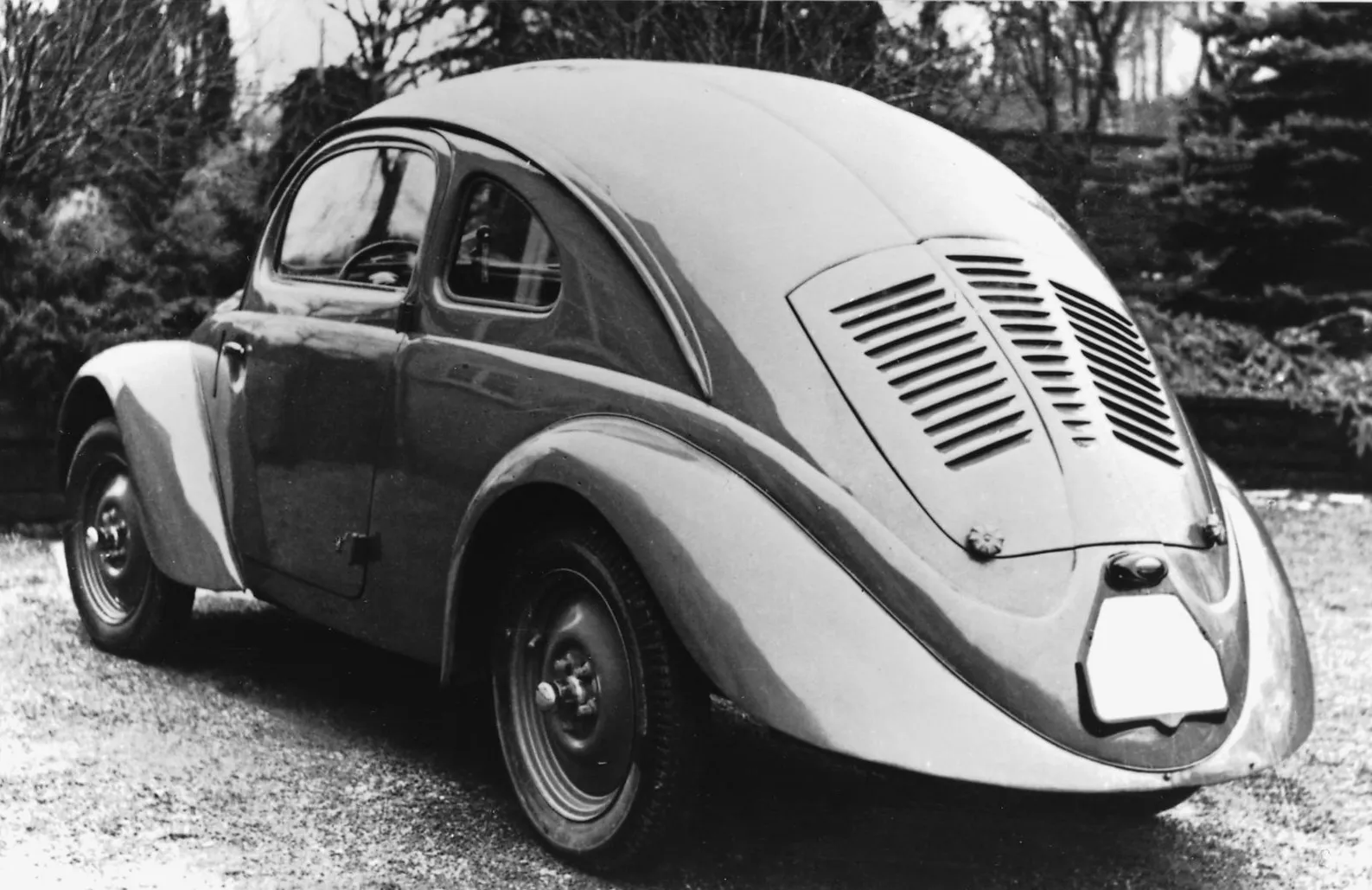
You 30 copies manufactured included 29 sedans It is a cabriolet. Interestingly, the sedan models did not have rear window. The body was all steel and bolted to the central tube chassis, an innovative concept for the time.
The engine used was a four-cylinder air-cooled boxer, with 985 cm³ displacement (70 x 64 mm). The power was 23.5 hp at 3,000 rpm, which ensured good performance in long-term tests. The VW 30 chassis It was one of the project's major advances, bringing structural improvements and reinforcement to the chassis head.
The car had 3,850 mm long, 1,500 mm wide and 1,490 mm high, with 2,400 mm wheelbase. The body was made of 1.0 mm thick sheet, necessary due to the artisanal process of forming the pieces.
The internal space was quite generous for all passengers, comparable to that of VW 3, which impressed the members of the Reichsverband der deutschen Autoindustrie (GDR), the Reich Association of the German Automobile Industry.
Suspension and Handling
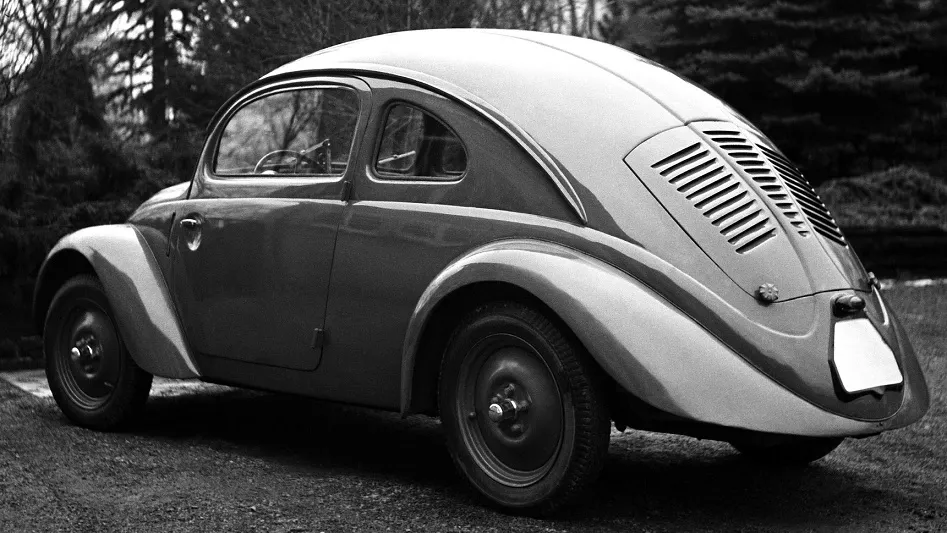
A independent front suspension used overlapping dragging arms and twisting blade beams. At the rear, the oscillating half shaft provided good stability. The shock absorbers were telescopic at the front and hydraulic knee-type at the rear. You brakes were mechanical drums, except on a test model with hydraulic-style brakes Porsche, which ended up not being used due to Lockheed company patents.
Interior and Ergonomics
O panel of the VW 30 era simple, containing a central instrument and two glove compartments. The engine of the windshield wiper was inside the car, interconnected by an external rod. The doors opened back, in the “suicide” style, but were changed to conventional opening after studies in the United States.
The engine, when installed, looked like tiny due to the design of the rear, with a small glass window connecting the cabin to the engine compartment. This made the interior quite noisy. Rear vision was limited, with no outside rear-view mirrors, and relied on a small window at the rear.
Extreme Tests: 2.4 Million Kilometers Driven
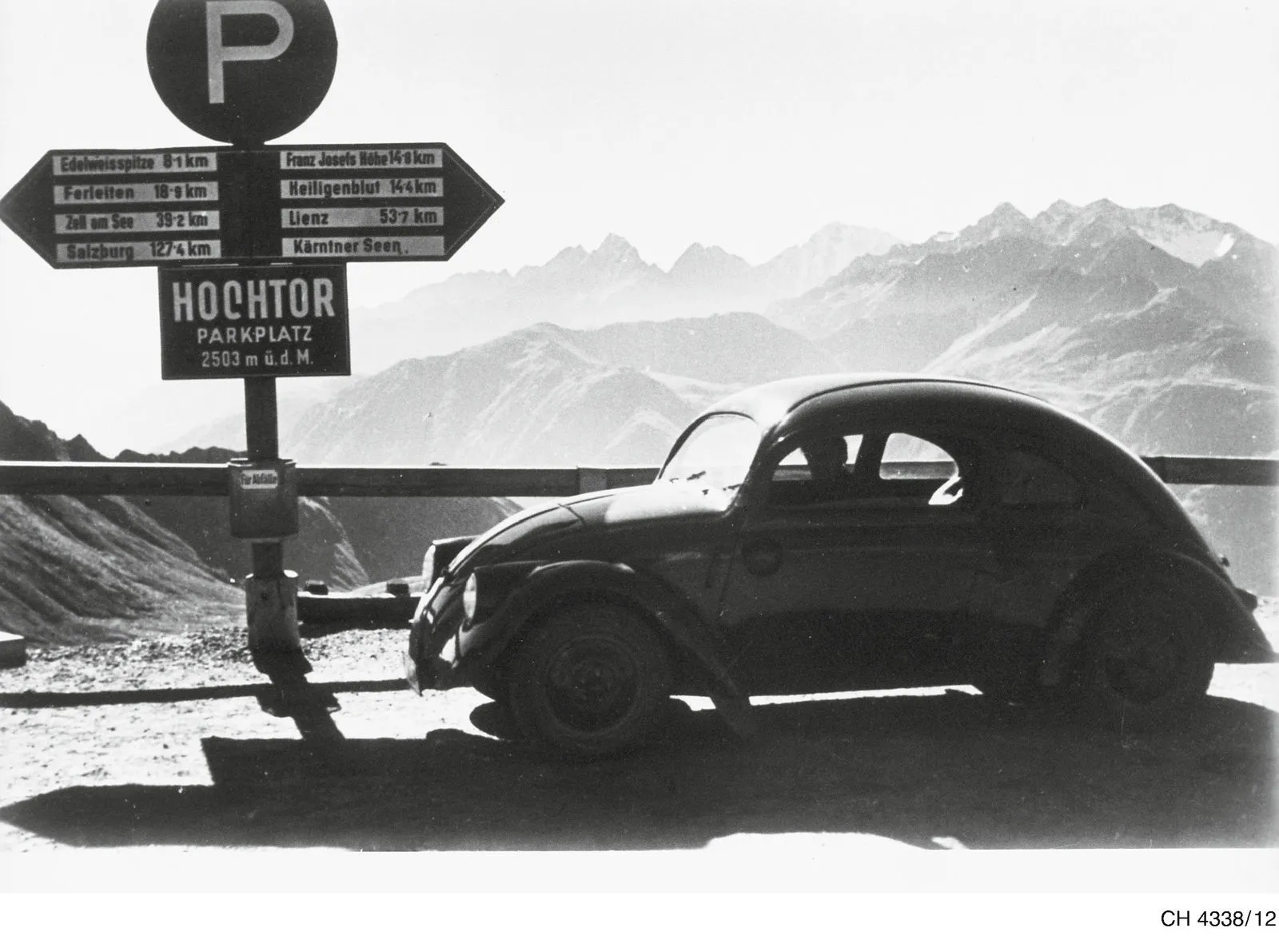
The initial objective was to test the 30 cars per 100,000 km each, totaling 3 million kilometers. However, due to accidents and use for demonstrations, the final total was 2.4 million kilometers.
The tests included 120 SS drivers, which ran in highways, secondary roads and mountains, ensuring that the engines were resistant and capable of sustaining speeds of 100 km/h without overheating.
The Influence of the VW 30 on the Industry
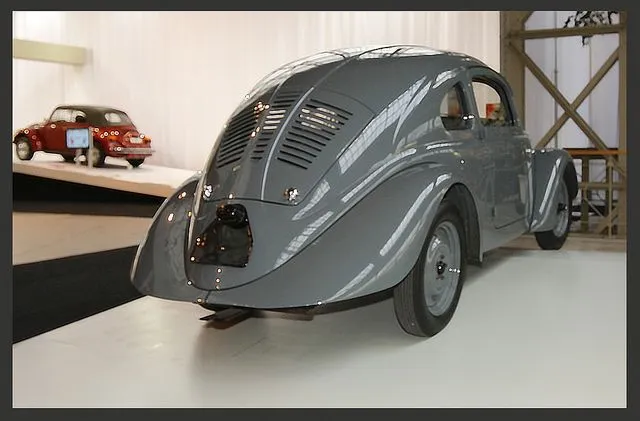
The VW 30s were financed by different entities, first by GDR, then by DAF (German Employment Front), which managed the funds through KdF (Kraft for free). DAF had big capital, coming from the contributions “voluntary” unions, which made possible the construction of the Fallersleben factory, later called Wolfsburg, where the Beetle was produced.
In 2025, we look back and see how the VW 30 was fundamental to the success of the Beetle, one of the most important cars in history. If it weren't for the intensive testing and by technical innovation introduced in this prototype, the Volkswagen perhaps he would never have achieved the worldwide fame he has today.


